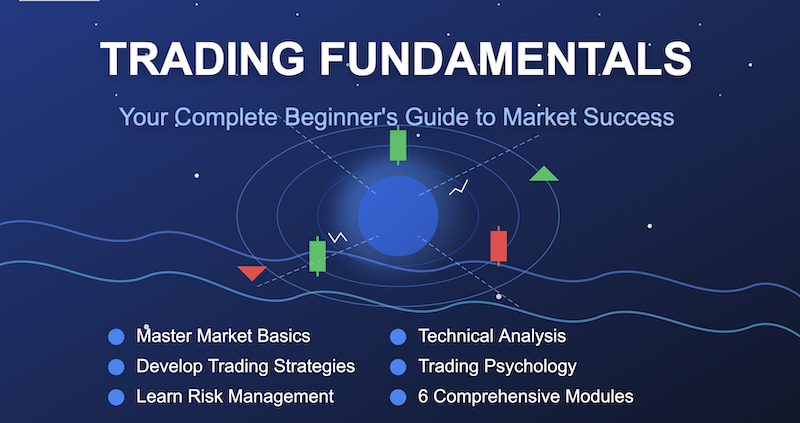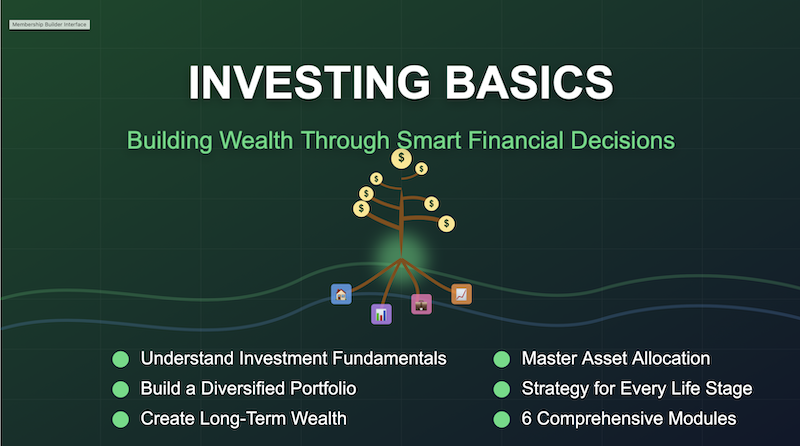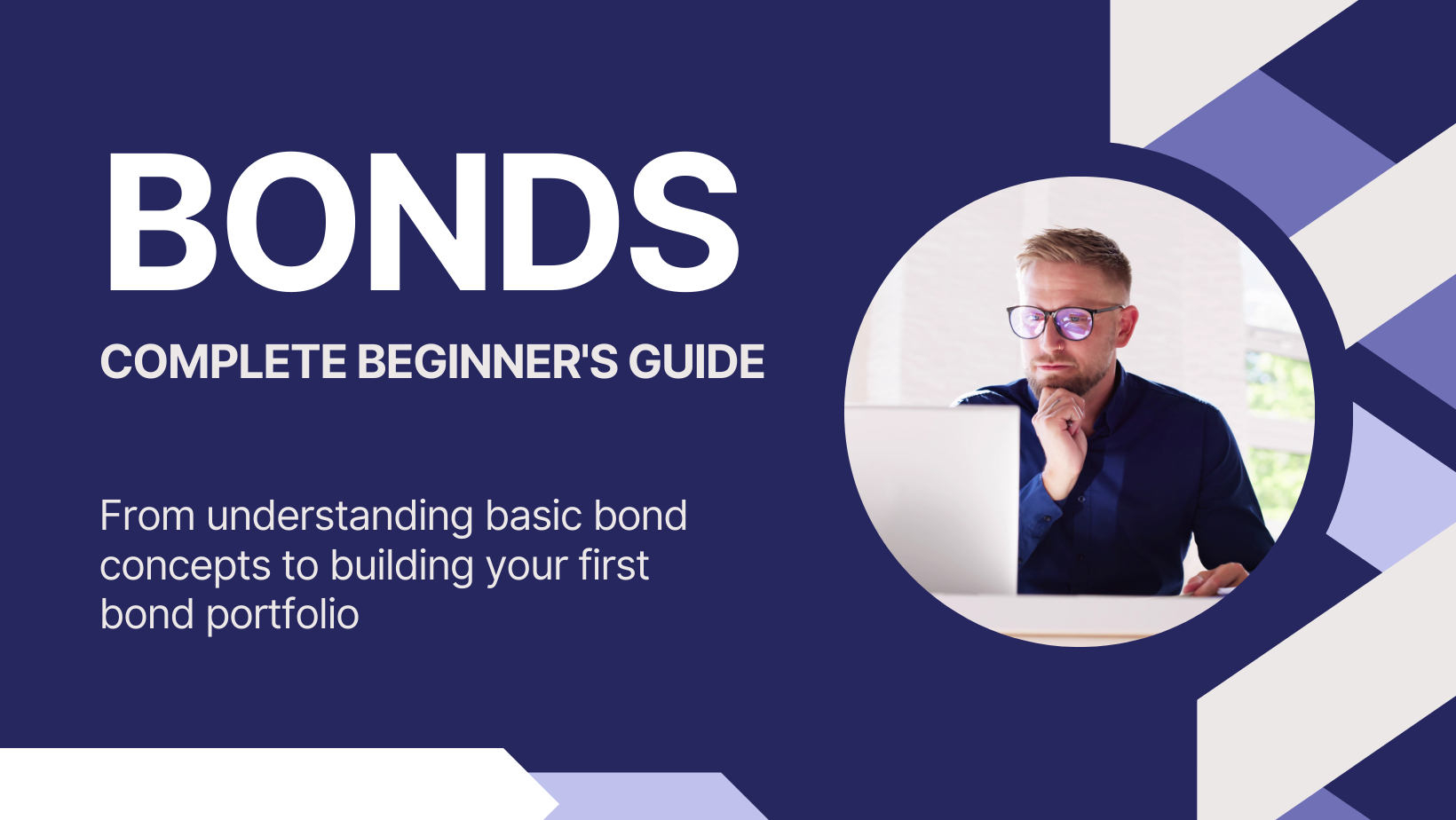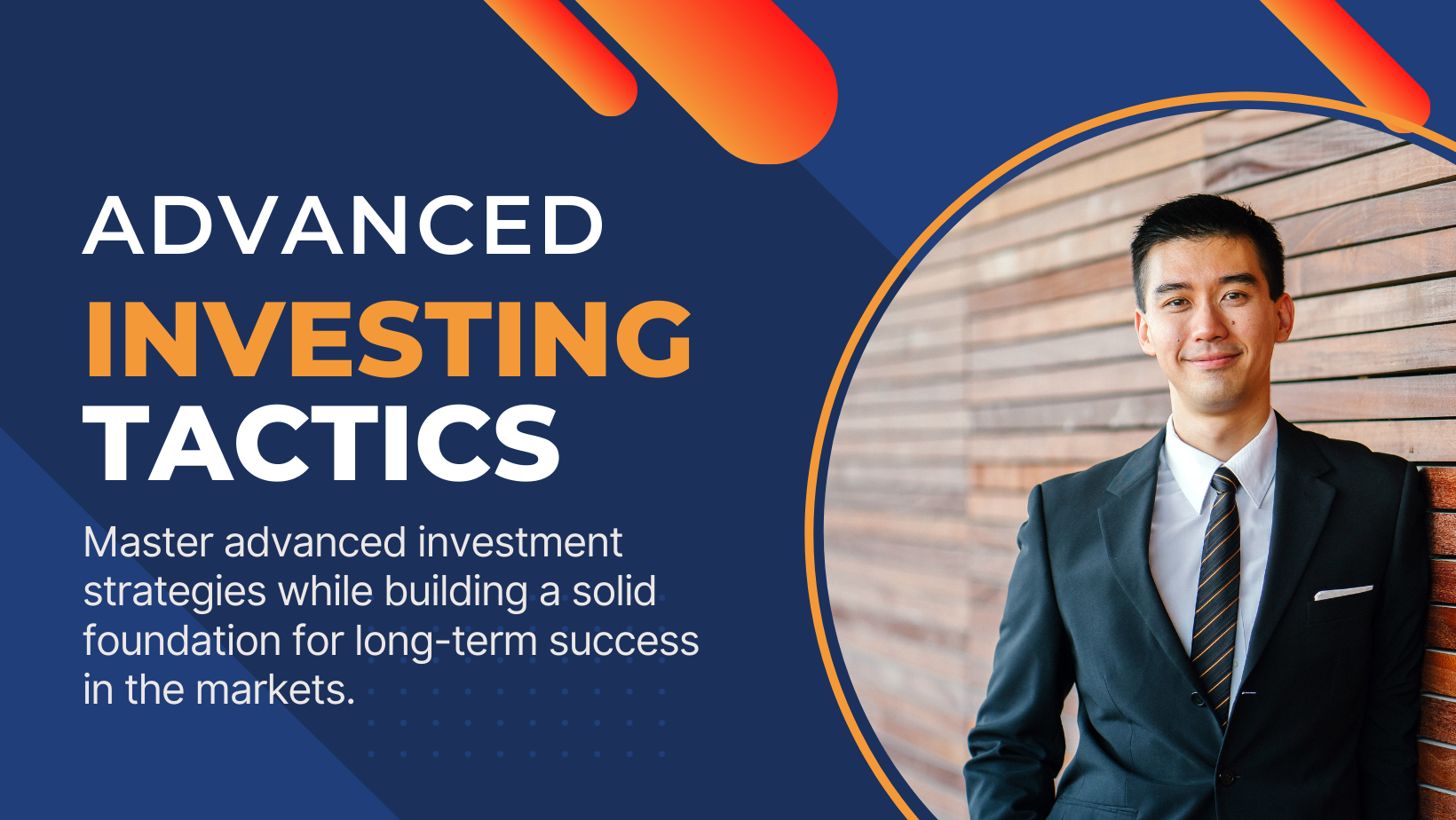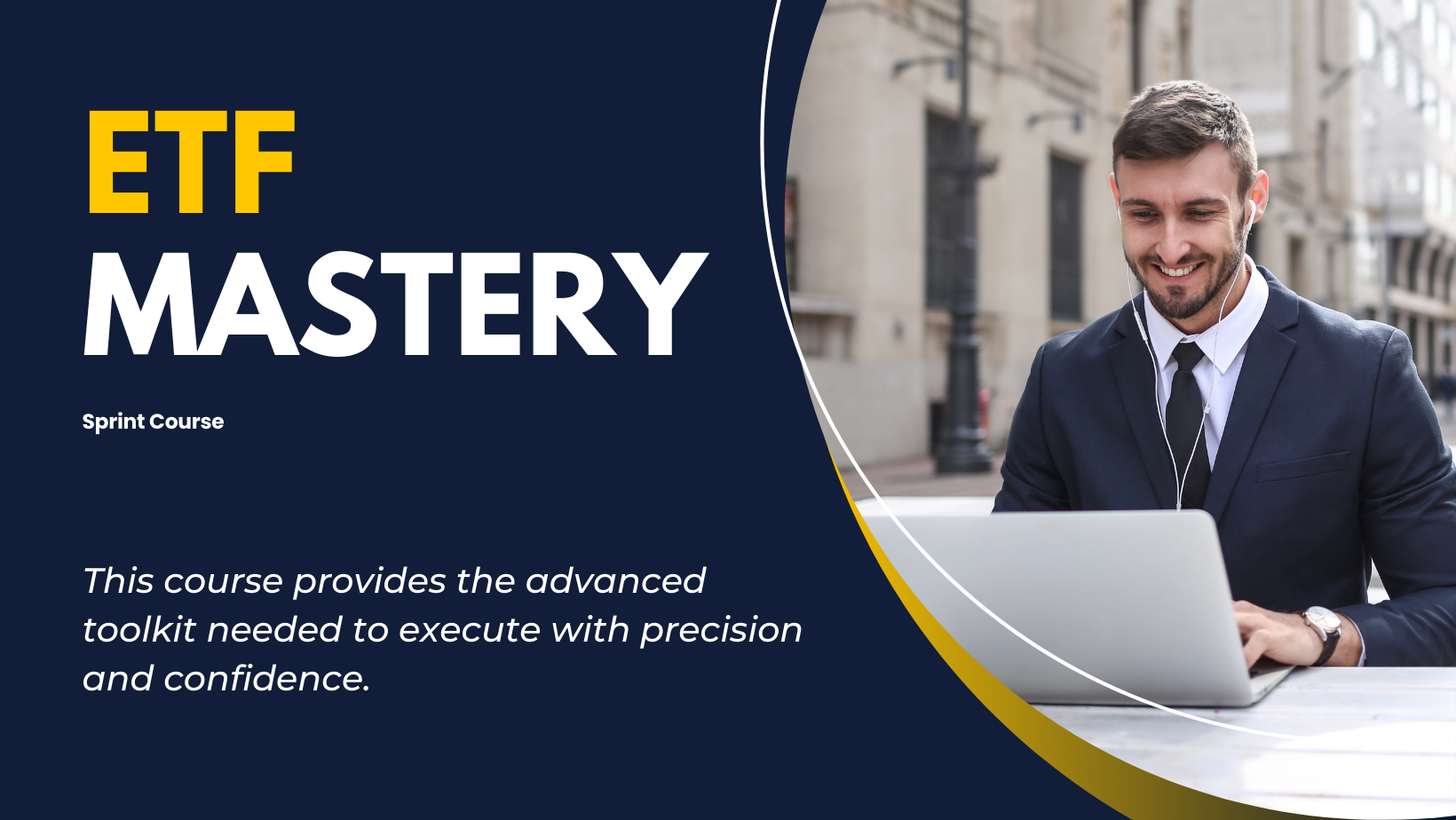The Stop-Loss Paradox - When Cutting Losses Feels Wrong But Is Right
Key Points
⚡Stop-losses feel unnatural but protect against catastrophic losses
⚡Professionals use volatility-based stops, not arbitrary percentages
⚡The pain of small losses prevents the agony of large ones
⚡Technical levels work better than round numbers for exit points
My friend Jake discovered Tesla at $180. He bought 100 shares, convinced it would hit $300.
It did. Then it kept going to $400. Jake felt like a genius.
Then it dropped to $350. "Just a pullback," he thought.
$280. "I'll buy more. Dollar-cost averaging."
$220. "This is temporary."
$150. Jake finally sold, devastated.
If Jake had used a simple stop-loss at $160, he would have kept most of his gains. Instead, he rode a rocket ship both up and down.
The Amputation Problem
Stop-losses feel wrong because they force us to do something that goes against human nature: admit we're wrong before we have to.
It's like a doctor recommending you amputate a finger to save your hand. Every instinct screams "wait and see." But sometimes waiting costs you the whole hand.
Professional traders understand this paradox. They know that cutting losses early feels terrible in the moment but prevents feeling catastrophic later.
The Volatility Secret
Here's where most people get stop-losses wrong. They use round numbers.
"I'll sell if it drops 10%." "My stop is at $50."
Professionals do something smarter. They look at how much a stock normally bounces around – its volatility – and set stops based on that.
A calm utility stock might normally move 1% per day. A tech startup might swing 5%. Using the same percentage stop for both is like using the same size umbrella for drizzle and hurricanes.
The Average True Range (ATR) method adjusts for this. It's like having a smart umbrella that gets bigger when storms approach.
The Support Level Strategy
Even better than volatility-based stops are technical stops. These use the stock's own behavior patterns.
Imagine a stock that keeps bouncing off $100 like a basketball hitting concrete. That $100 level becomes support. Smart traders put their stops just below it – maybe $98.
Why? Because if the stock breaks through its established support, something fundamental has changed. The concrete turned to jello. Time to exit.
The Trailing Magic
The most elegant stop-loss strategy follows you up but never down. It's like having a bodyguard who walks behind you up a mountain but won't let you fall off cliffs.
You buy at $100. Set a trailing stop 20% below. If the stock goes to $120, your stop moves to $96. At $150, it's $120. The stock can only trigger your stop by falling 20% from its highest point since you bought it.
This lets you ride winners while protecting against major reversals.
The Emotional Resistance
Stop-losses work mathematically, but they fail psychologically. Here's why:
When your stop gets hit, you watch the stock sometimes bounce right back. "If I had just waited one more day..."
This is like being upset that your smoke alarm woke you up for a false alarm. The point isn't to be right every time. It's to avoid the one time your house actually burns down.
The Professional Mindset
Professional traders view stop-losses differently than amateurs. Amateurs see them as admitting defeat. Professionals see them as paying insurance premiums.
You don't buy car insurance hoping to get in an accident. You buy it so that if you do, you don't lose everything.
Stop-losses are portfolio insurance. They cost you small amounts regularly (through false alarms) but save you from catastrophic losses occasionally.
Making It Automatic
The hardest part about stop-losses isn't setting them. It's following them when they trigger.
Set your stops when you buy, not when you're losing money. Your future panicked self can't be trusted to make rational decisions. Your calm present self can.
Better yet, use automatic stop orders. Let the market execute them for you. Remove emotion from the equation entirely.
The Paradox Resolved
Stop-losses feel wrong because loss aversion is hardwired into us. We feel losses twice as intensely as equivalent gains.
But professional investors know a secret: small, frequent losses that you control are infinitely better than large, unexpected losses that control you.
Jake learned this lesson the expensive way. You don't have to.



